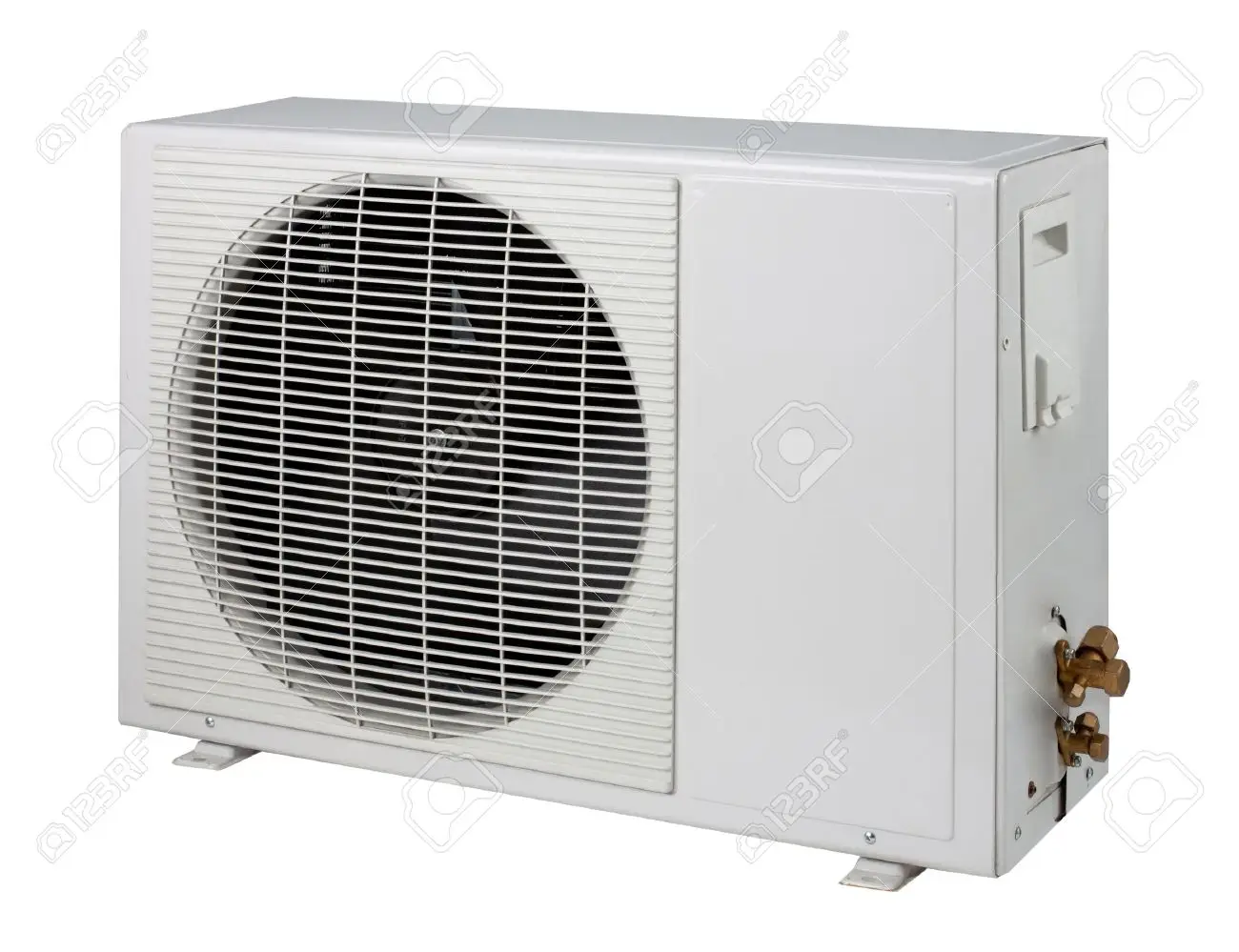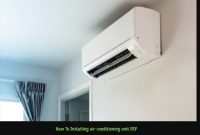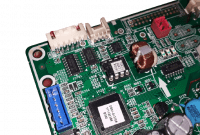When it comes to staying comfortable in hot weather, air conditioning systems play a vital role. Whether it’s in our homes, offices, or vehicles, air conditioners help regulate the indoor temperature and maintain a pleasant environment.
To understand how these systems work, it’s important to familiarize ourselves with the basic elements of an air conditioning system. In this article, we’ll explore the key components and functioning of air conditioning systems, along with maintenance tips to ensure their optimal performance.
Basic Elements Of Air Conditioning System
An air conditioning system comprises several components that work together to provide cool air and maintain the desired temperature. Understanding these basic elements will help you troubleshoot issues, make informed decisions during installation, and perform regular maintenance. Let’s delve into the details of each element.
1. Compressor

The compressor serves as the heart of an air conditioning system. It is responsible for pressurizing and circulating the refrigerant, a substance that absorbs and releases heat. The compressor plays a crucial role in cooling the air by compressing the refrigerant to increase its temperature and pressure before passing it to the condenser.
2. Condenser

The condenser is a heat exchanger located outside the building or vehicle. Its primary function is to release the heat absorbed by the refrigerant. As the compressed refrigerant flows through the condenser, it cools down, allowing the heat to dissipate into the surroundings. The condenser is equipped with a fan to enhance the heat dissipation process.
3. Evaporator Coil

The evaporator coil is located inside the building or vehicle and works in conjunction with the condenser. It facilitates the heat exchange process by evaporating the refrigerant, which absorbs heat from the surrounding air. As the refrigerant evaporates, it transforms from a liquid to a gas, extracting heat from the indoor environment and cooling it down.
4. Expansion Valve
The expansion valve regulates the flow of refrigerant between the evaporator and the condenser. By controlling the refrigerant’s pressure and flow rate, it ensures an efficient cooling process. The expansion valve causes the refrigerant to expand rapidly, leading to a drop in temperature and pressure as it enters the evaporator coil.
5. Refrigerant
Refrigerants are the heat transfer fluids used in air conditioning systems. They undergo a continuous cycle of evaporation and condensation, absorbing heat from the indoor environment and releasing it outside. Commonly used refrigerants include R-410A, R-22, and R-134a. It’s important to note that certain refrigerants have been phased out due to their harmful impact on the ozone layer and have been replaced with more environmentally friendly options.
6. Air Ducts
Air ducts are passages that transport conditioned air throughout a building or vehicle. They distribute the cooled air from the air conditioning system to various rooms or compartments. Properly designed and insulated air ducts ensure efficient air distribution and maintain a comfortable indoor environment.
7. Thermostat
The thermostat serves as the control interface for an air conditioning system. It allows users to set and maintain the desired temperature in a space. Modern thermostats often come with programmable features, enabling users to schedule temperature adjustments and optimize energy consumption.
8. Air Filters
Air filters play a crucial role in maintaining indoor air quality. They trap dust, pollen, pet dander, and other particles, preventing them from circulating in the air. Regularly cleaning or replacing the air filters ensures efficient airflow and helps keep the system running smoothly.
9. Fans
Fans are essential components that facilitate air circulation in an air conditioning system. They help move air across the evaporator and condenser coils, assisting in the heat exchange process. In window air conditioners, fans blow indoor air over the evaporator coil to cool it down. In central air conditioning systems, fans distribute conditioned air throughout the building.
10. Drainage System
Air conditioning systems produce condensate as a byproduct of the cooling process. The drainage system collects and removes this moisture to prevent water damage and maintain the system’s efficiency. Drainage pipes or channels are connected to the evaporator coil and ensure the proper disposal of condensate.
FAQs About Air Conditioning Systems
FAQ 1: How often should I replace my air filters?
It is recommended to replace or clean your air filters every one to three months, depending on usage and air quality. Dirty air filters restrict airflow, reducing the system’s efficiency and potentially causing damage.
FAQ 2: Can I install an air conditioning system myself?
While it is possible to install certain types of air conditioning systems as a DIY project, it is generally recommended to hire a professional. Improper installation can lead to performance issues, inefficiency, and even safety hazards.
FAQ 3: How can I improve the energy efficiency of my air conditioning system?
To enhance energy efficiency, ensure proper insulation, seal air leaks, use programmable thermostats, and schedule regular maintenance. Additionally, consider upgrading to a more energy-efficient model if your current system is outdated.
FAQ 4: Why is regular maintenance important for air conditioning systems?
Regular maintenance helps identify and address potential issues before they escalate, improves energy efficiency, extends the system’s lifespan, and ensures optimal performance during hot summer months.
FAQ 5: What are some signs that my air conditioning system needs repair?
Common signs of a malfunctioning air conditioning system include inadequate cooling, strange noises, foul odors, frequent on/off cycling, and increased energy consumption. If you notice any of these signs, it’s advisable to contact a professional technician.
FAQ 6: How often should I have my air conditioning system serviced?
It is recommended to have your air conditioning system serviced at least once a year, ideally before the start of the cooling season. Regular maintenance appointments involve cleaning, inspecting, and tuning up the system to ensure its optimal performance.
Conclusion
Understanding the basic elements of an air conditioning system is crucial for proper operation, troubleshooting, and maintenance. From the compressor and condenser to the evaporator coil and air ducts, each component plays a vital role in delivering cool air and maintaining a comfortable indoor environment. By familiarizing yourself with these elements and following recommended maintenance practices, you can ensure the longevity and efficiency of your air conditioning system.
Remember, regular professional maintenance and timely repairs are essential to keep your system running smoothly. So, don’t neglect your air conditioning system’s care and enjoy cool comfort throughout the year!


